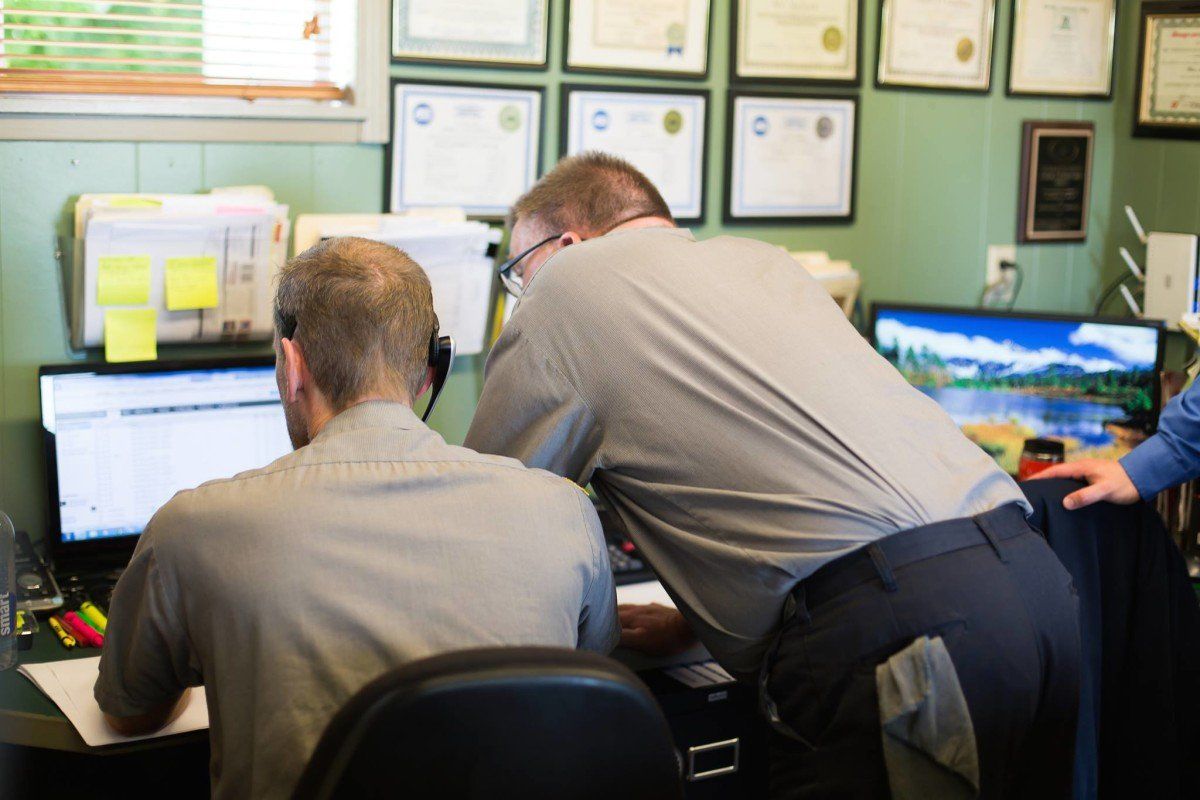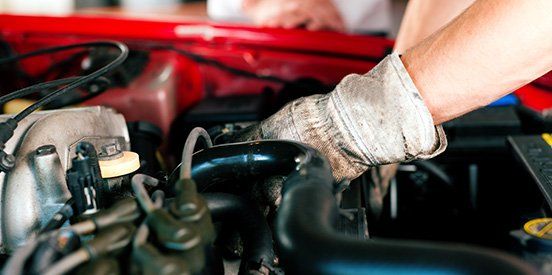By Lacey Katz
•
November 3, 2014
Unless you are leasing your vehicle, maintenance is important for prolonging the life of your vehicle and even saving money long term. This means that you should be aware of how your vehicle is supposed to operate and be sure that you take it in to your auto repair shop if it is making odd noises or having other problems. Here are 5 tips to make sure you keep your vehicle properly maintained: 1. It can save you money to give us a clear accurate description of your symptoms for repair. A clear descriptions of your vehicle’s symptoms is key in helping your repair shop determine the cause of the problem. If you tell them you hear clinking in the back left, and really the problem is a thumping in the front, the shop will have wasted time looking for the problem in the wrong area. 2. It will cost you less to maintain your vehicle than to repair a poorly maintained vehicle. If you do your best to have your vehicle repaired as soon as it has a problem, chances are that the repair will be much more simple. For example, if you have a small crack in a small piece of a larger component, the smaller piece can probably be replaced independently if it is found right away. However, if the problem is left unattended, after time the small crack could cause a total failure in the larger component leading to thousands of dollars in repairs rather than hundreds. 3. Driving with worn out or under-inflated tires or loose steering and suspension components can be dangerous or even deadly. Maintaining proper tire pressure, steering and suspension are key to the safety of operating your vehicle. These are often some of the simplest things to maintain, simply ask your repair shop to confirm that they check each of these components each time you get an oil change. Also, be constantly aware of the feel of your vehicle and note if it changes. This may be a sign that something is not aligned properly. 4. Figure out the How, When and Where of an Intermittent problem When a problem is intermittent, try to establish a pattern of failure, for example: how often does it happen, how cold or hot does the engine have to be/how cold or hot is it outside, what conditions seem to make it happen – over bumps? up hills? around corners, when accelerating or coasting, etc. These small details can help us pinpoint the problem so the repair will cost you less. 5. Yearly Inspections There is really no such thing as a “tune up” anymore. The best thing you can do for your vehicle is have a full inspection approx once a year (usually about $100.00), follow the manufacturer’s recommended maintenance schedule, and bring it in to us if you ever notice anything unusual (noises, warning lights, vibrations, etc). Category : Auto Repair Tags : repair







